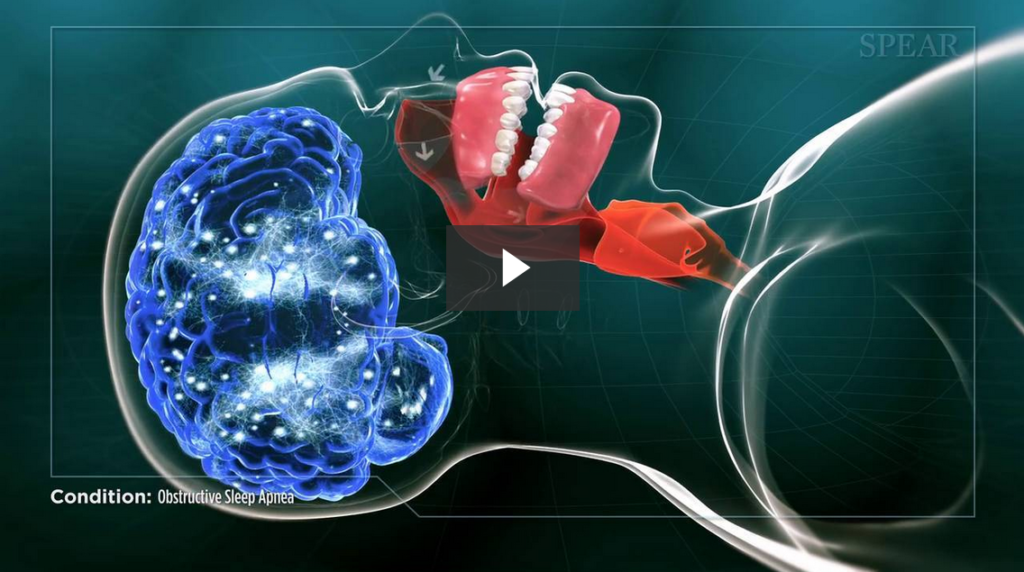By: Dr. Elizabeth Eggert

We are now well into fall and having to say goodbye to summer and all of the sunshine and spontaneity. Fall can be great too though, with crisp mornings, majestic leaf displays and the comfort of that familiar routine. Oftentimes, getting back into the routine means getting our kids back on track with a visit to Eggert Family Dentistry.
The following are some great questions to bring up the next time we see you and your child:
- Can you give me insight into my child’s overall dental health?
At your child’s recare visit, we will assess the health of your child’s teeth and gums and the development of their bite One thing we are very keyed into these days is how could your child’s development be linked to the airway we can see and evaluate from the mouth. You will hear Dr. Elizabeth and Dr. Jeff really evaluating the arch and palate development, the tonsil size, and the tongue shape, among other things. - At what age should thumb-sucking be addressed?
Thumb-sucking should ideally be stopped as soon as possible as it detrimentally affects the growth and development of the palate and contributes to mouth breathing habits. If your child is a thumb-sucker, it’s good to have this conversation with Dr. Elizabeth and Dr. Jeff upfront. They may be able to make recommendations for helping protect your child’s teeth and bone development as well as for broaching the sensitive subject with your child. - What should my child’s daily dental care routine consist of?
In many ways, your child’s daily dental care routine lays the foundation for a lifetime of dental wellness. At your child’s recare appointment, we will review what kind of toothbrush is best, discuss proper brushing and flossing techniques and explain how certain foods negatively impact tooth enamel. - Can you tell me about x-rays? What are their benefits? Are they safe?
Many parents have concerns when it comes to x-rays. X-rays are a safe and effective way for Dr. Elizabeth and Dr. Jeff to examine in between the teeth as well as the roots and below the gumline. They are the ONLY true way to spot early signs of tooth decay and thereby enact early prevention. - What can you tell me about sealants? Could my child benefit from them?
You’ve probably heard about sealants but what exactly are they and what is their purpose? This thin coating, when painted onto your child’s molars, can help prevent cavities from forming by sealing in the nooks and crannies that are hard to brush out. Sealants are a great idea for the right patient. - Is my child getting enough fluoride?
Fluoride is a key player when it comes to protecting your child’s teeth. It helps to strengthen enamel and protects against tooth decay. We can help review fluoride sources and any potential need for supplementation. - If my child has a wiggly tooth is it ok to pull it out at home?
Ahh, the bane of a parent’s existence – that persistently wiggly tooth that just dangles there taunting you! But is it really a good idea to go ahead and help nature along? It is unlikely that taking a very loose tooth out at home will cause any concern, but if you have more questions, we are happy to help walk you through the risks. - Does my child need a mouth-guard for sports?
If your child participates in sports, this is certainly a valid question. Contact sports in particular leave teeth susceptible to injury. It is great to have a custom-fit mouth-guard for sports because it is more evenly fabricated for better overall protection. It also is harder for your child to play with during sports because of the great fit.
Being a parent isn’t easy and sometimes it seems impossible to stay on top of it all. It truly takes a village. At Eggert Family Dentistry, you have a partner in family dental health! We are happy to connect with you and get your family rolling with regular dental care for a Lifetime of Smiles. Don’t hesitate to contact us today at 651-482-8412!

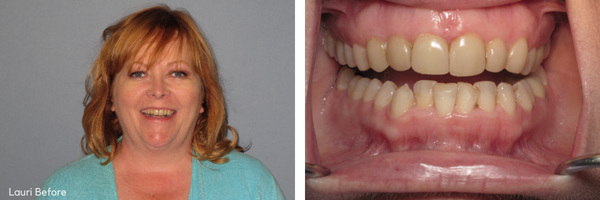
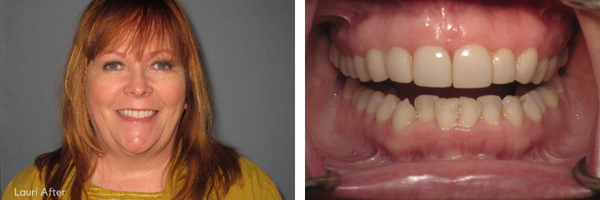
 A crown is a porcelain cup that fits snugly over your tooth. Installing one takes one or two visits. On your first visit, we’ll reshape your tooth and take dental molds. Sometimes, we can use our CEREC equipment to scan your tooth and make your crown in-house. If this is the case for you, we can install your crown the same day. Otherwise, we’ll send the mold of your tooth to a dental lab. We’ll ask you to come back in a couple of weeks to install the crown once it’s ready. We’ll use cement to secure the crown to your tooth, and you’ll be good to go!
A crown is a porcelain cup that fits snugly over your tooth. Installing one takes one or two visits. On your first visit, we’ll reshape your tooth and take dental molds. Sometimes, we can use our CEREC equipment to scan your tooth and make your crown in-house. If this is the case for you, we can install your crown the same day. Otherwise, we’ll send the mold of your tooth to a dental lab. We’ll ask you to come back in a couple of weeks to install the crown once it’s ready. We’ll use cement to secure the crown to your tooth, and you’ll be good to go!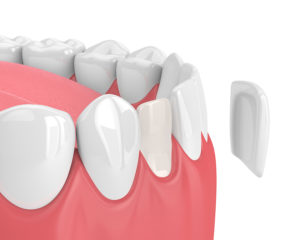 Dental
Dental 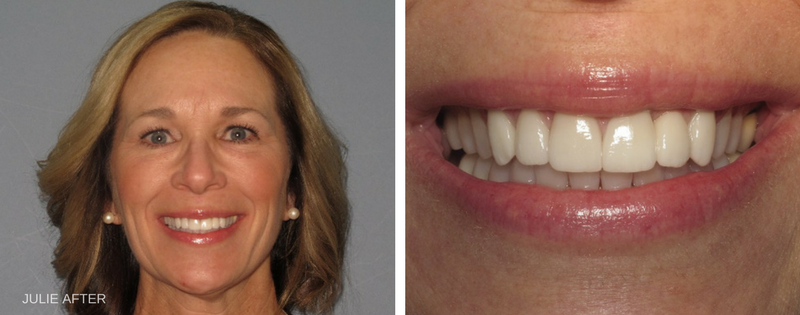
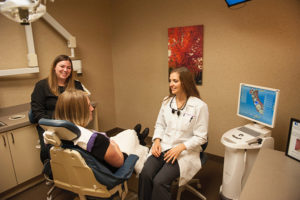 You might know you need a crown, but you’re too busy to come in for multiple appointments. Maybe you had a bad experience once with a temporary crown. Or maybe you really don’t like the process of getting an impression of your teeth taken.
You might know you need a crown, but you’re too busy to come in for multiple appointments. Maybe you had a bad experience once with a temporary crown. Or maybe you really don’t like the process of getting an impression of your teeth taken.





 For some, thinking of sleep apnea conjures up visions of a restless night’s sleep and CPAP machines. While these are certainly the experiences of some patients with this condition, the Seattle Protocol can help many patients with sleep disordered breathing determine if an airway compromise is contributing to their ailments.
For some, thinking of sleep apnea conjures up visions of a restless night’s sleep and CPAP machines. While these are certainly the experiences of some patients with this condition, the Seattle Protocol can help many patients with sleep disordered breathing determine if an airway compromise is contributing to their ailments.